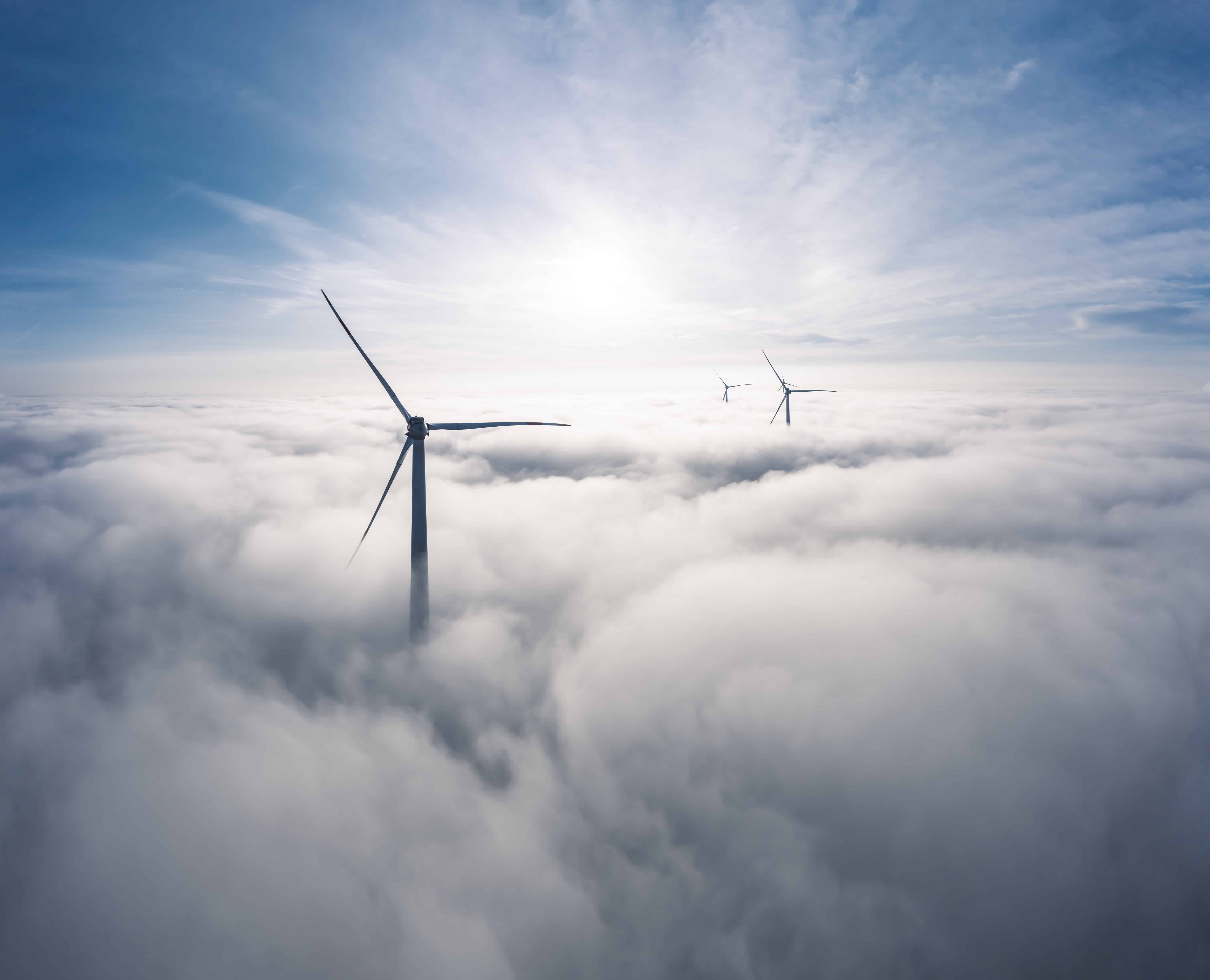For many developed countries around the world, the public sector represents one of the biggest employers, with significant impact on the economy. That role brings with it responsibility – especially when it comes to the biggest organisational challenges of our time, like sustainability and resilience.
I recently attended the Institute of Public Administration Australia (IPAA) National Conference, where I sat on a panel discussing how to build resilience globally, institutionally, and locally.
We heard from a range of experts including members of industry, the non-profit sector, and the public sector. But what stood out was the importance of listening and understanding our stakeholders.
Building resilience requires an understanding of those we are trying to help. They could be countries in the South Pacific, communities impacted by natural disasters, our employees, or even customers seeking to diversify their supply chains in the face of an uncertain geo-political environment.
Nurturing that understanding, and using it to create solutions, requires technology. For example:
- Technology can help organisations hear the voice of the customer across multiple domains.
Take the case of state government response during natural disasters, where Qualtrics was used so citizens only have to tell their stories once rather than going through the trauma of repeating it multiple times.
- Tech can also help understand supply chains by discovering new suppliers.
During the early days of the COVID-19 pandemic, SAP platforms helped match a supplier to a construction company seeking beds for an emergency hospital it was building in New York City in just 30 minutes.
- Make better decisions and forecasts by using data.
For example, we have seen our technology used by the Japanese government to better respond to natural disasters by generating insights and predictions from vast and varied sources of data across various government bodies, and even industries.
- Energy resilience will be delivered through the diversification of supply.
As the pace of decarbonisation increases, new export markets are being created for green energy with hydrogen as the medium. But supply chains require the assurance their sources are low carbon, sustainable, and don’t get substituted along the supply chain – which can be ascertained with blockchain-based solutions like those provided by SAP GreenToken.
It excites me to see a future where digital can support not just sustainability but also resilience across and between national economies. I look forward to coming back next year to hear more from Australian businesses and governments and share how SAP can help in building more resilient organisations and societies.


